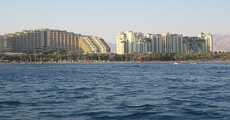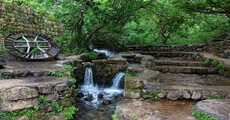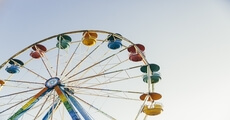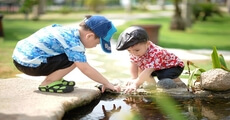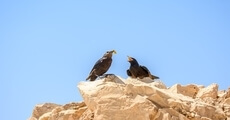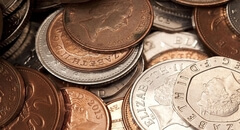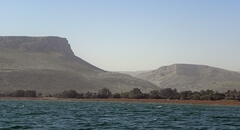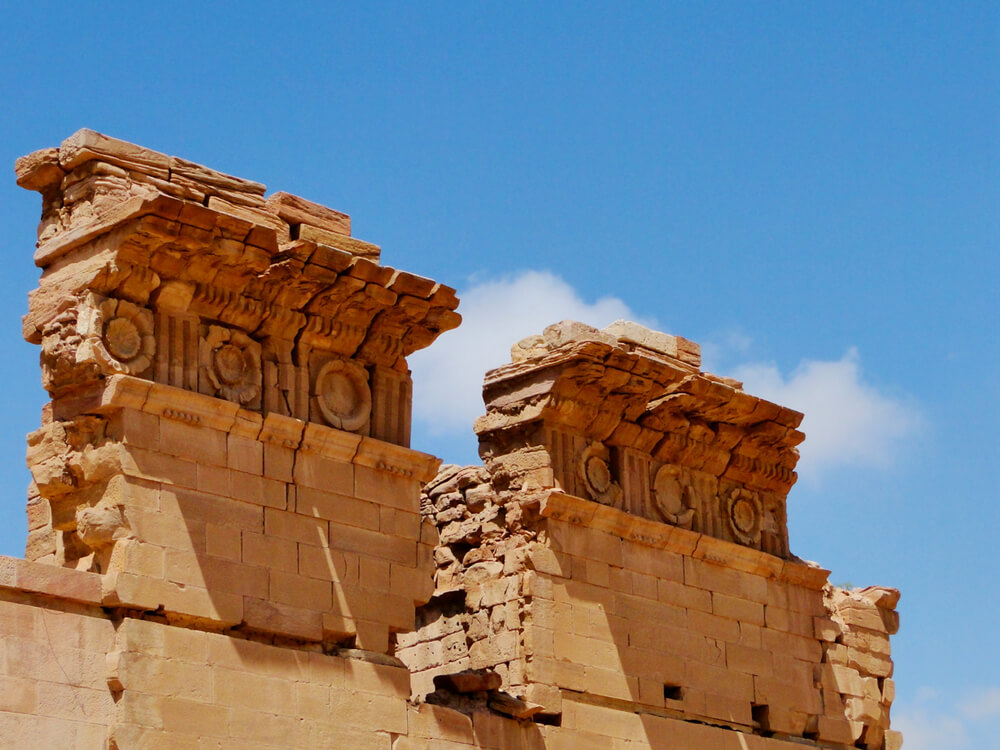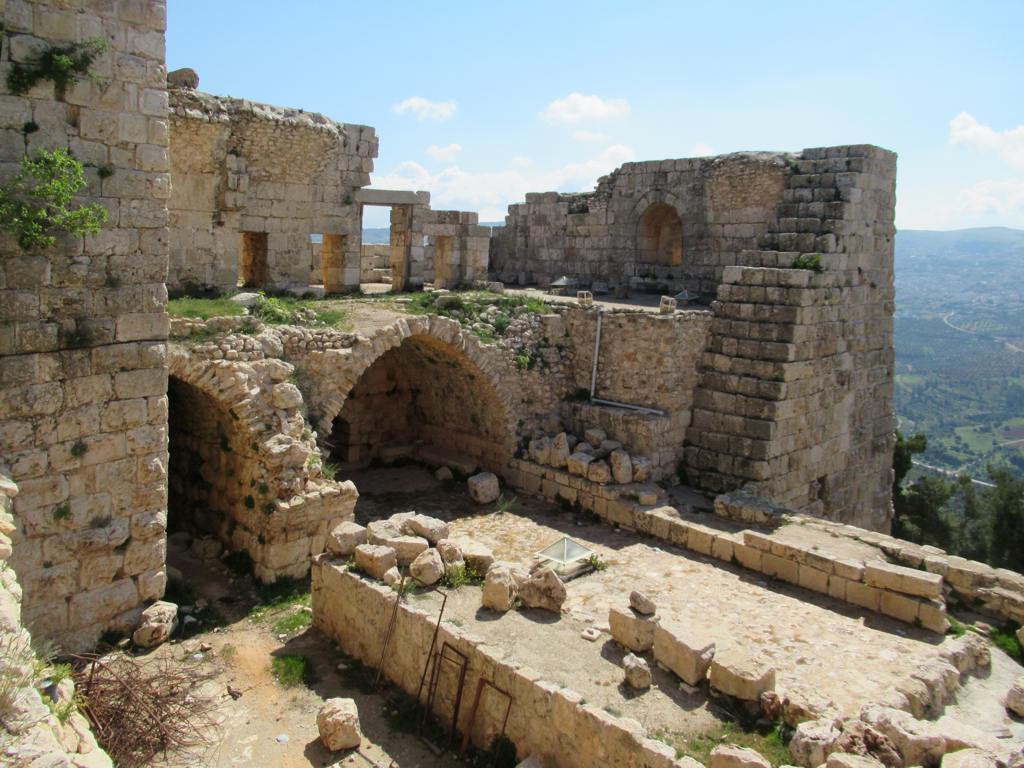Camping Around the Sea of Galilee
When you camp around the Kinneret (the Sea of Galilee) you are literally camping “around” the Sea of Galilee as you can see from the campground names which are usually identified with the name of the beach they occupy. Israelis love to camp and you can find campgrounds suited for families and others more suited to youngsters. Here we have listed some of the facilities on offer at each site but there may be more facilities.Camping Around the Sea of Galilee. Photo by Adam Sherez on UnsplashTake into account that during the Israeli school holidays the campgrounds get very full and very noisy with individual sound systems and all-night gatherings around a BBQ. But another thing about Israelis is they love to include all those around them so you won’t be left out. Camping is a great way to meet the locals. There is no ideal location to camp on the Kinneret as the total distance around the Sea of Galilee is 55 km so everything is pretty close. Whether you want to be close to Tiberias would perhaps be the only factor to consider in terms of location. Otherwise, choose the style of campground you prefer and the one with the facilities you need.Jordan Park CampgroundThis campground is run by the JNF (Keren Kayemet L’Yisrael or KKL) and is within Jordan Park which covers 250 acres northeast of the Kinneret alongside the eastern channel of the Jordan River. It is one of the area’s largest campgrounds. The campground is free to enter if you walk in but there is a fee per car. At several points in the park, there are streams from the Jordan River, and some deep enough to swim. Here you can find electricity outlets, lighting, restrooms, showers, water coolers, camping tables, a small amusement park, mini-market, lawns, and a place to pitch your tent. Uba Kayak, a popular kayak rental business is located in the park. You can kayak on the Jordan River from here. Nearby there is an opportunity to go horseback riding. This is considered a unique campsite and is operated from April to November.Tiberias. Photo by Thalia Tran on UnsplashAmnon BeachLocated near Kfar Nahum at the northern end of the Kinneret this campsite has many facilities and is popular with Christians who recognize this site as Capernaum. Tents and caravans can use this site and there are picnic tables, benches, shaded areas, showers, restrooms, and parking.In the summer there are water sports and attractions for the kids. You can enjoy a buffet breakfast from the beach cafeteria and if you keep Shabbat you can pre-order food for the Sabbath. You can rent mattresses and chairs from the cafeteria as well. The beach is not serviced by a lifeguard. Price of camping (at time of publication) 150ILS per car for 24 hours.Bereniki BeachStretching for over 2.5 km to the west of the Sea of Galilee this is a quiet beach near Tiberias which is popular with Israeli families and youths. It has shady trees, night lighting, showers (cold water only), restrooms, cafeteria, tables, umbrellas, chairs (no charge), BBQ stands, and campers are allowed to play music.There is a small area which is serviced by a lifeguard and swimming is only allowed in this area from 9 am to 5 pm. The rest of the beach is an unofficial beach and swimming is at your own risk. The beach is wheelchair-friendly. Here as with many of the camp beaches, you pay for the parking rather than the camping. It costs 5.9ILS for each of the first 3 hours and 2.1 for each hour after that so 24 hours camping would cost you 61.8ILS.Shores of the Sea of Galilee, Israel.Photo credit: © ShutterstockDugit BeachThis campsite is located on the northeastern side of the Sea of Galilee and is considered one of the most beautiful beaches surrounded by a picturesque forest. Here you can canoe, sail and partake of other water sports. There is room for tents, a mini-market, cafeteria, and restaurant. There are cold water showers, restrooms, lighting, and lifeguard service. Playing loud music and even bringing loudspeakers into the area is strictly forbidden. Here (like most of the Sea of Galilee campgrounds) you pay for the parking (62ILS for 24 hours) and can then camp. The fee is by the hour. The campsite is wheelchair accessible and chairs and tables can be rented.Gofra BeachOffering room for up to 300 tents this campground on the eastern shore of the lake 2km north of Ein Gev has restrooms, showers, a mini-market, cafeteria, camping equipment, small refrigerators for rent, playgrounds, and moorings for boats. The facilities and accommodation options are expansive. The site only operates during the spring and summer.There is daily cleaning of the beach, lifeguard service, BBQ stands, and a beautiful 1,500-meter long beach, and a small forest. Access to the beach is only on foot. This campsite is suitable for caravans or you could rent one of their caravans for 250ILS for 24 hours. You can even rent a tent which has 6 mattresses, chairs, and tables.View of the Sea of Galilee.Photo credit: © ShutterstockGreen BeachThis is a Blue Flag beach and one of the most beautiful in the area. This beach-park campground is 3km north of Nof Ginossar on the northwestern side of the Sea of Galilee. It is a well-kept beach with lawns up to the sand and shady trees. There are parking, showers, restrooms, camping tables, lighting, and a convenience store.The park operates year-round. Animals, jet skis, sound systems, and generators are prohibited. It is possible to rent tents, mattresses, tables, and chairs. One tent, a table, and 4 chairs will cost you 245ILS for the night. You can bring your caravan to this campsite or rent one (750ILS-1799ILS). The campground offers several deals like tent, mattress, chair, table, and breakfast for 119ILS per person.Haon BeachThe campsite is next to the Haon Holiday Village, south of Kibbutz Haon and the beach is shared by guests of the Holiday Village and campers. The beach runs for 1km and there is a lifeguard service. There are restrooms, showers, tables, benches, umbrellas, refrigerator rental, electrical outlets, and BBQ stands. There is wheelchair access to the campsite but no organized wheelchair access to the water.Camping supplies.Photo by Brina Blum on UnsplashJordan-Kinneret BeachThis beach runs for 0.5km and is a family beach campground. For this reason, it is a quieter beach than others and amplifying sound systems are prohibited. Playing music (not using an amplifier) is allowed from 8 am to 11 pm. There is no lifeguard service. The campground offers restrooms, showers (with 24 hours hot water), picnic tables, a mini-market, refrigerator rental, lighting, and a place to recharge mobile phones. The campsite is not suitable for wheelchair access.Lavnun BeachThe Lavnun Beach is a string of three beaches together with Halukim and Kursi so there are three areas for pitching a tent. The site offers water sports (kayaks, water skiing, paddle boats, etc). You will find drinking water, a place to wash your dishes, ball courts, a restaurant, cold water showers, a place to recharge mobile phones, and an exciting, young atmosphere.This beach is popular with the young Israeli crowds so expect plenty of noise especially during the Israeli holidays. Israeli teens like to camp here and bring their karaoke machines, so expect an all-night party. There is a lifeguard service but limited wheelchair access. Cost is approximately 70ILS for 24 hours for parking and camping.Water sports at the Sea of Galilee. Photo credit: © ShutterstockSussita BeachJust north of Ein Gev this beach is about 0.5km long on the eastern shore of the Sea of Galilee and is managed by the Ein Gev Kibbutz. It is named after a car that used to be produced in Israel and has sentimental significance for a lot of Israelis. This is an unofficial beach so there is no lifeguard service and swimming is not allowed.The campground operates from April to the end of October. Groups camping on the grass area near the beach should be pre-arranged but you can pitch your tent on the beach as well. There are tables, restrooms, shade, lighting, showers, and a cafeteria. The beach is not wheelchair-friendly as there are 11 steps down from the parking lot to the beach. The cost of camping here is 100ILS per car.Tzinbari BeachThis is one of the Kinneret’s most famous beaches and campsites, it is a venue for many summer festivals. The beach runs for 1km and there is a lifeguard service in a small central area from 9 am to 5 pm. Here you will find water slides, a baby's pool, electrical outlets, lighting, a place to pitch your tent, indoor lodging, beach umbrellas, shade, chairs, locker rooms, cold water showers, a place to recharge mobile phones.There are also restrooms, water sports, lighting, a restaurant, loads of parking, and wheelchair access is limited due to stones and pebbles plus reaching the water requires going down several steps. Amplified sound systems are not allowed in the southern part of the area which is indicated by signs.Sunset view at the shores of Kinneret. Photo credit: © Shutterstock
